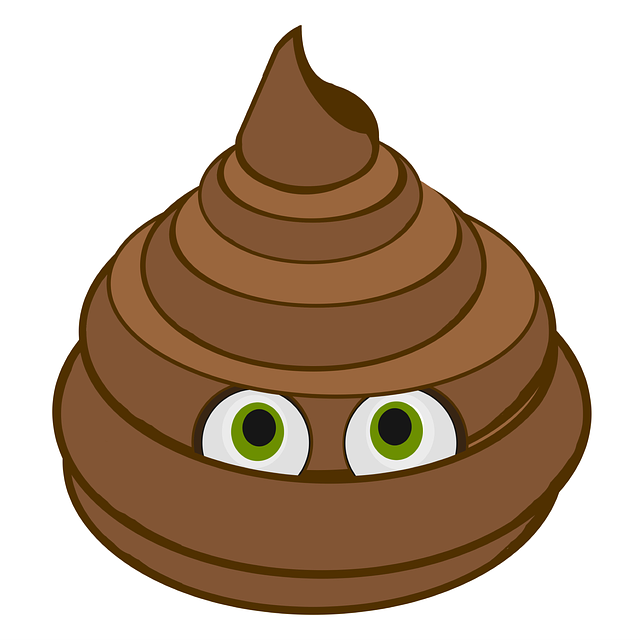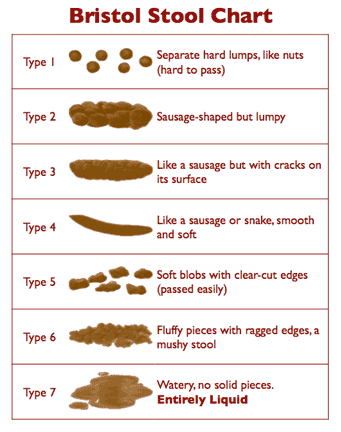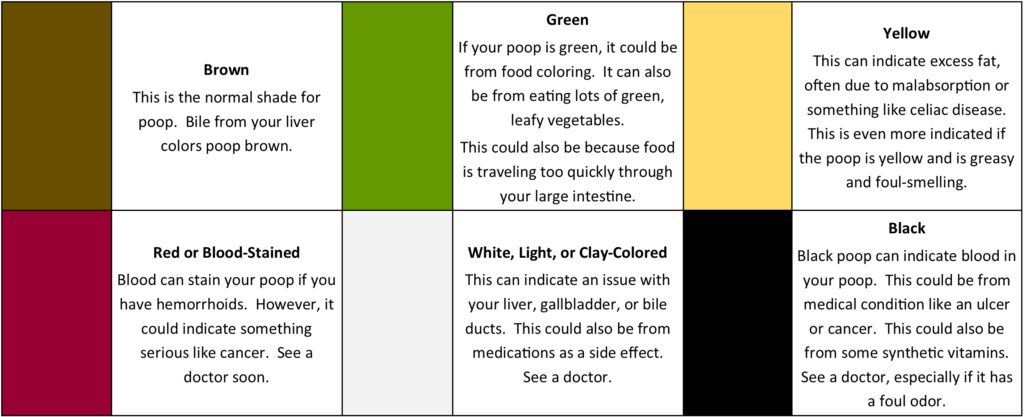

In our final installment considering our channels of elimination, we will consider poop. Like the children’s book says, “Everyone Poops”.
This is often an uncomfortable subject; however, it is true–we all eat, thus we all defecate.
Eliminating the waste from the food we eat is a complex process. It is through digestion that we are nourished and our bodies are rebuilt. Once the nutrition has been extracted as much as our bodies are capable of, the waste is excreted from the body in a solid form of fecal matter and a liquid form of urine. I will explain digestion as simply as possible.
Digestion begins in the mouth. Saliva moistens food and contains amylase, an enzyme that helps break down some carbohydrates. As you chew, the food is reduced in size and moistened and a bolus is formed.
The food is swallowed and travels to the stomach where hydrochloric acid is released and the food is churned to break the food further down. Protease helps to break down proteins here.
The liquidized food then travels to the small intestine where the stomach acid is neutralized, digestive enzymes (like protease, lipase, maltase, and amylase) help break down macronutrients into usable materials. 95% of food is absorbed in the small intestine. The small intestine is about 20 feet in adults which allows more time for food to be absorbed.
From here, the food moves to the large intestine where more nutrients are absorbed and water is also absorbed. Once the nutrients have been fully extracted, the waste travels through the rectum and then is expelled through the anus.
When thinking about poop, what is normal? Well, it will have some variations, but in general, you should poop once for every meal you eat. This means most of us should have a bowel movement 3 times a day for our best health. There are several reasons for this. One of the most important to consider is parasite incubation periods. Most parasites take around 18 hours to exit cyst form or hatch in the digestive tract after eating. You do not want fecal matter fermenting for that long to begin with, but combined with the parasite problem, it is clear why only having a bowel movement once a day or less is troublesome and does not support good health.
As far as color, shape, size, and other factors, there are some general rules for it. The color should be rich brown, but it can change depending on what you’ve eaten. It should be about 1-2 inches in diameter; smaller can mean you are stressed and constricted while larger can indicate some ballooning in the colon. Ideally, each time you eliminate, there should be several inches of well-formed, richly colored, smooth poop. And this should happen 3 times a day.
These charts can be helpful in some understanding of what healthy poop looks like. Ideally, your poop should be Type 4 and brown. It should be easy to pass quickly (usually within a minute or two of beginning elimination). There shouldn’t be too strong of an odor (however, poop smells because of bacteria in it and this is normal).


Our diet, lifestyle, and water intake can have a major effect on our bowel movements. Some simple changes that can help you have better poop include:
- Drinking enough pure water (half your body weight in pounds in ounces a day)
- Eating enough healthy fats (organic butter, avocados, coconut oil, etc)
- Getting some exercise daily
- Try not to sit all day
- Eating fruits and vegetables (especially green leafy things)
- If you are struggling, consider getting a Squatty Potty
If you are concerned about your bowel elimination, don’t hesitate to schedule an appointment today!
